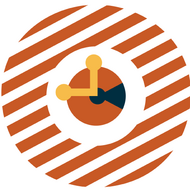(View Complete Item Description)
Conceptual Chemistry is a year-long course based on CK-12 OER instructional material and supplemented with limited commercially-available materials. The course is project-based, argument-driven inquiry. Each quarter begins with presentation of an intriguing phenomenon, followed by an essential question about the phenomenon, and a project centered on answering that essential question. Throughout the quarter, students conduct research and investigations to answer portions of the question. Each unit has a student "Task" at the end that serves as an assessment of the unit's concepts. At the end of each quarter, students assemble all of the unit tasks and synthesize a personal final project that answers the essential question in a personal context chosen by the student.
Material Type:
Full Course
Authors:
Gary Thayer,
Jonathan Frostad,
Michael Crebbin,
Malia Turner,
Mackenzie Neal,
Zachary Sawhill









